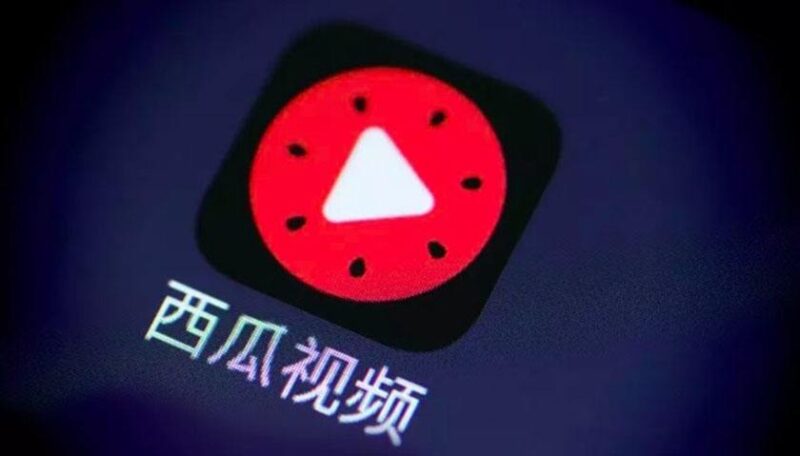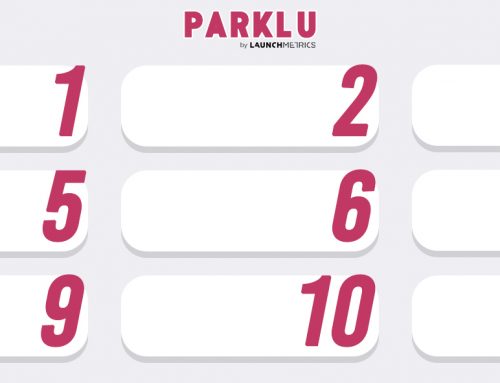You could be forgiven for assuming that an audience of 1.4 billion would divide up nicely between China’s short video platforms, giving everyone sufficiently healthy audience figures to put in front of advertisers and keep business growing. But, of course, that’s not how it works in practice.
Every tech company views the social content business as a zero-sum game, and in a market where the pressure to innovate faster than your competitor is relentless and fierce, there will inevitably be winners and losers. So it is that China’s short video platforms are engaged in an intensifying battle to increase user numbers and expand advertising revenues.
One of the most critical channels for success in both of these areas is content, and that means persuading content creators that your platform is king. Although many top KOLs have a presence across multiple China’s short video platforms, most tend to favor one platform as their “main” channel. Each platform’s specs are slightly different, meaning that optimizing content for each platform is a drag on time. A KOL’s target audience demographics will be better represented on some platforms than others, or they may simply have a critical mass of followers on one particular platform.
Content creators are the key
Either way, China’s short video platforms are engaging in bidding wars to tease their rivals’ top talents. They also have to guard against losing their most prized KOLs. In both cases, highly regarded KOLs are being offered lucrative contracts to commit to one platform above all others.

China’s short video platform – Xigua Video
China’s short video platforms are also turning up the heat on each other by rolling out new features and programs. This is partly aimed at keeping its users engaged, as well as KOLs. However, the content itself is also undergoing a transition—short-video platforms are experimenting with a variety of content formats and allowing video to run longer. There is a noticeable shift in live streaming, for example, towards entertainment-focused content. This often means creating opportunities to put live streaming KOLs in more fun contexts than their followers are used to seeing them in, fusing e-commerce and entertainment. This makes for a compelling package to attract both KOLs and brands. Taobao Live and Kuaishou have both made moves in this regard over the past year.
Video in general is also becoming more entertainment-focused. China’s short video platforms are paying more attention to polished video with higher production values, as opposed to the rough-and-ready user-generated content that made China’s short video platforms like Douyin and Kuaishou famous. Bytedance’s Xigua Video (formerly Toutiao Video) has expanded its offerings to include reality TV and dramas, in addition to the platform’s original user-generated content. And in April, iQiyi joined the “professional user-generated content” game with Suike, a platform that the company calls a hybrid between long and short-form video. Suike features original film iQiyi productions, along with celebrity vlogs and gaming content aimed at younger viewers.
Even more importantly, they’re bidding to entice top KOLs away from their competitors. Recognizing that many small-to-mid-tier KOLs pines for stability and predictability, Xigua announced last year that it would roll out an RMB 10,000 monthly salary for influencers. One of Xigua’s biggest coups of 2020 was luring business blogger, @巫师财经, away from Bilibili in July. The blogger had previously bemoaned his ability to monetize his large following on Bilibili. The Xigua deal was reported to be worth around $14 million.

Source: Bilibili Brand Marketing Guide
Bilibili has responded to blows like this by getting serious about its brand-oriented services. In July, the gaming and short video platform gave its “matchmaking” service, Sparkle, a public launch. Previously only used internally at Bilibili, Sparkle acts as a marketplace pairing brands and MCNs with the content creators best-suited to the brand’s creative and campaign needs (and vice versa).
Brands and MCNs who are signed up to Sparkle can receive recommendations about which KOLs might be a good fit. KOLs must be at least 18 years old and are vetted carefully on the basis of certain criteria before they are admitted to the platform. For example, they must have a minimum of 10,000 followers and need to hit certain engagement metrics. Brands can also use the Sparkle interface to manage progress on their collaborations.
Creators can use Sparkle to show off their portfolio of work, dive deeper into audience and content metrics, as well as getting advice on setting prices for their services.
Win or lose? Bilibili is popular among Gen Zs
Although Bilibili has sustained some blows in these battles, it’s not all bad news. The platform’s tit-for-tat with Xigua has at times turned into a tug of war for prized KOLs. One example was eSports host Ao Changzhang, who built his reputation on Bilibili before departing for Xigua a year ago. However, this summer saw Ao make a dramatic switch back to his erstwhile home, where he was welcomed back by around 7 million fans.
These anecdotal wins and losses make the headlines, but for the platforms, what matters is that the fundamentals are in the right place to keep growth ticking over. This is certainly true for Bilibili, which is still in the early phases of figuring out how to monetize. Despite the bumps in the road, Bilibili is one of China’s most popular short video platforms, and crucially, it’s virtually synonymous with Gen Zs. These young consumers are fast becoming China’s most sought-after consumers, and wherever they are, brands will want to be too. Bilibili’s audience is already famously “sticky,” or loyal to the KOLs they follow. As Gen Z graduates from college and moves into the job market, Bilibili’s users will start demonstrating their loyalty at the checkout, not just in the comments.
PARKLU IS HIRING!









Leave A Comment